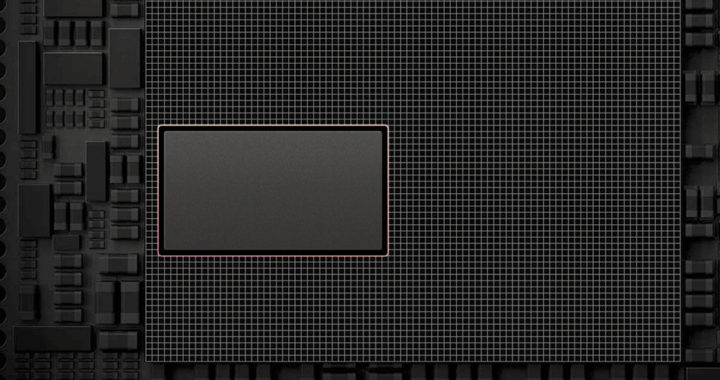Apple first introduced the Neural Engine with the launch of the A11 Bionic chip that powered the iPhone X, iPhone 8, and iPhone 8 Plus on 12 September 2017. This hardware is an artificial neural network hardware and a dedicated artificial intelligence accelerator found in the Apple A series and Apple M series of systems-on-chips designed by the company. This component equips such as iPhones, iPads, and Mac computers with localized or native capabilities for processing artificial intelligence workloads such as machine learning tasks.
What is the Neural Engine of Apple: Features, Applications, and Benefits
Background and Purpose
One of the key selling points of the A series and M series of chips from Apple is their built-in AI capabilities through a dedicated AI accelerator. The purpose of equipping these chips with this additional coprocessor is to accelerate the processing of various machine learning tasks and other AI workloads such as model inferencing and intelligent predictions.
Take note that machine learning is one of the main subfields of artificial intelligence that enables a computer to learn without being explicitly programmed. It enables the automatic processing of data, unguided data analyses, understanding patterns, and drawing predictions or inferences such as recommendations or autonomous system and software behavior.
Apple has been utilizing machine learning and deep learning to power some of its products and deliver some of its notable services. Examples include the intelligence assistance application Siri and the content discovery functionalities of the App Store and Apple Music. Another example is the automatic optimization of system resources and user experience.
However, before the A11 Bionic, Apple devices processed artificial intelligence workloads via the cloud. Take note that Siri exclusively worked with an internet connection. The integration of the Neural Engine in Apple devices means that a portion of the processing requirements of these AI workloads now transpire locally or natively within the system-on-a-chip.
It is also worth noting that the integration of a dedicated AI accelerator in the iPhone marked an adherence to the trend of equipping smartphones with AI capabilities. The arrival of the Apple M series of chips also made Mac computers one of the first personal computers to usher in the AI PC era and popularize further the applications of AI in personal computing.
Nevertheless, with the introduction of the Neural Engine, Apple has demonstrated its specific artificial intelligence or AI strategy and has made it a component of its overall product strategy and business strategy. This artificial intelligence accelerator also demonstrates one of the main components behind the semiconductor or chip strategy of the company.
Features and Applications
The Neural Engine from Apple has several features and applications. For example, through this dedicated neural network hardware, equipped devices can process specific artificial intelligence or machine learning algorithms and models. This means that the AI accelerator lessens the strain on the central processing unit and integrated graphics processing unit.
Some of the applications of localized AI acceleration in Apple devices are the Face ID and the animated emoji features that first appeared on the iPhone X. Note that these features depend on facial recognition and computer vision. The Neural Engine enables equipped devices with a dedicated hardware for processing real-time and stored images.
It is also worth mentioning the fact that newer generations of the iPhone and the iPad have now augmented reality features that also depend on image processing. The Apple Vision Pro mixed reality headset also depends on the processing of real-time image feed and other input data from its various sensors to render an immersive mixed reality environment.
Other features and applications of the Neutral Engine include native natural language processing to power speech recognition features and applications and other image processing capabilities or computer vision tasks that power the advanced camera features. Note that this AI accelerator is behind the computational photography features of the iPhone and the iPad.
Another benefit of the Neural Engine is that it enables the more effective and efficient utilization of hardware or system resources. This hardware uses machine learning to optimize the operations of other processors and other hardware components. It can gradually learn how to become more efficient in processing, consuming power, and allocating system resources.
Furthermore, in both iPad and Mac devices, this AI accelerator helps software programs or apps in handling AI workloads. Examples include photo editing and video editing apps. This hardware component assists in the processing of the generative AI features of relevant apps. It also helps in improving graphics processing tasks that depend on AI algorithms.
Summary: Purpose and Benefits of Apple Neutral Engine in a Nutshell
The Neural Engine from Apple is a neural network hardware and a dedicated artificial intelligence or AI accelerator integrated within the Apple A series and Apple M series of systems-on-chips that are used in iPhone, iPad, and Mac devices.
A neural network hardware is an artificial intelligence accelerator designed for specific artificial intelligence workloads that involve processing machine learning algorithms and models and more specific image, speech, and other input data processing.
The central feature of the Neutral Engine is localized machine learning capabilities that allow a device to perform native processing of machine learning tasks. Hence, the main benefit of this hardware centers on faster and more efficient device performance.
Some of the notable applications improving speech recognition, powering features and apps that depend on image processing such as Face ID and augmented reality, optimizing the entire hardware performance, and enabling computational photography.
The advanced camera features or computational photography capabilities of iPhones also comes from this dedicated AI accelerator. It is behind some of the features found in the newer generations of iPhones such as Deep Fusion and Photonic Engine.
Another application and one of the benefits of the Neural Engine centers on being able to learn how to become more efficient in processing AI workloads over time and improve the functionalities and performance of equipped Apple devices.

